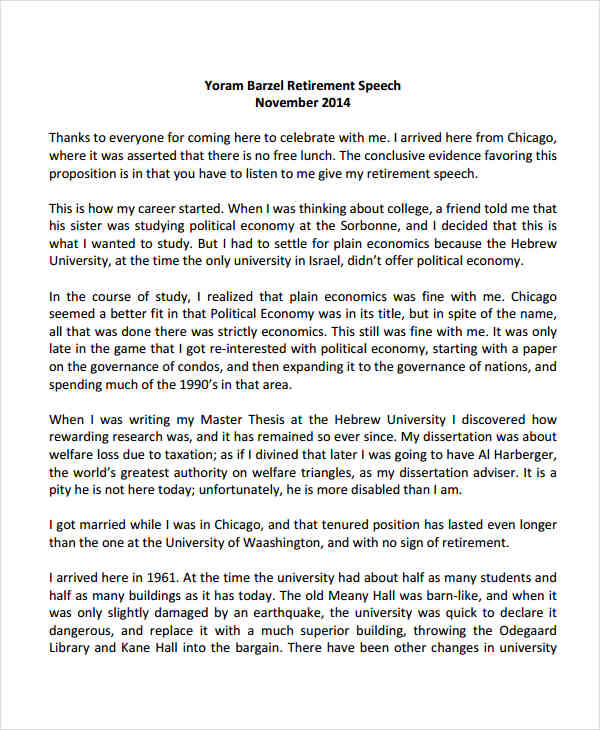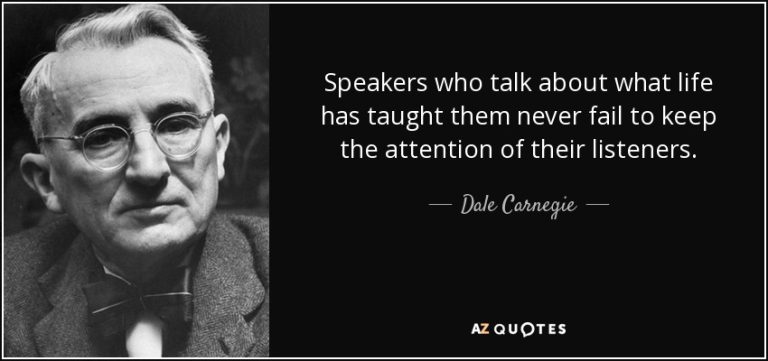How To Write An Extemporaneous Speech?
So, you’ve been asked to give an extemporaneous speech, and you’re wondering how to write one that will captivate your audience and leave a lasting impression. Well, you’ve come to the right place! In this guide, we’ll walk you through the process of crafting an engaging and impactful extemporaneous speech that will wow your listeners. Whether you’re a student preparing for a school competition or an aspiring public speaker, these tips and tricks will help you deliver a speech that shines.
Now, you might be wondering what exactly is an extemporaneous speech? Well, it’s a type of speech where you are given a topic on the spot and are expected to deliver a well-structured and coherent speech without any prior preparation. It can be a challenging task, but with the right techniques and a little practice, you can master the art of extemporaneous speaking.
So, how do you go about writing an extemporaneous speech? The key is to have a solid structure in place. In the next sections, we’ll dive deep into the step-by-step process of writing an extemporaneous speech, from understanding your topic to organizing your ideas and crafting a compelling introduction and conclusion. So, let’s get started and unlock the secrets of writing an impressive extemporaneous speech!
Writing an extemporaneous speech can be a daunting task, but with the right approach, you can deliver a memorable performance. Here’s a step-by-step guide to help you get started:
– Choose your topic and gather information.
– Create an outline that includes an introduction, main points, and conclusion.
– Practice your speech by using cue cards.
– Focus on clear and concise delivery.
– Use body language and gestures to enhance your message.
With these steps, you’ll be well-prepared to deliver a successful extemporaneous speech!

How to Write an Extemporaneous Speech: Mastering the Art of Impromptu Speaking
Do you have a fear of public speaking? Many people do, but with practice and the right framework, you can become a confident and effective extemporaneous speaker. In this article, we’ll guide you through the process of writing an extemporaneous speech, where you’ll learn how to develop a clear structure, gather relevant information, and deliver your presentation with poise. Whether you’re a student preparing for a debate competition or a professional looking to enhance your communication skills, these tips will help you master the art of impromptu speaking.
The Basics: Understanding Extemporaneous Speaking
In order to write an effective extemporaneous speech, it’s important to understand the basics of extemporaneous speaking. Extemporaneous speaking is a form of public speaking in which the speaker is given a limited amount of time to prepare a speech on a given topic. Unlike a prepared speech, where the speaker has ample time to research and practice, an extemporaneous speech requires quick thinking, adaptability, and the ability to present ideas in a concise and organized manner.
Before diving into the details of writing an extemporaneous speech, let’s explore the benefits of mastering this skill. First and foremost, extemporaneous speaking allows you to think on your feet and respond to unexpected situations with confidence. It enhances your critical thinking skills, as you learn to analyze and synthesize information quickly. Additionally, extemporaneous speaking helps you connect with your audience, as you’re able to deliver a speech that feels more natural and conversational.
The Structure: Crafting a Well-Organized Extemporaneous Speech
When it comes to writing an extemporaneous speech, having a solid structure is key. Without a clear framework, your ideas may come across as scattered or disconnected. To avoid this, follow the three-part structure of an introduction, body, and conclusion.
Begin your speech with a strong hook in the introduction to grab your audience’s attention. You can use a captivating anecdote, a shocking statistic, or a thought-provoking question. Then, introduce the topic and provide a concise thesis statement that sets the tone for the rest of your speech.
In the body of your speech, present your main points or arguments. It’s important to have a clear and logical flow between these points. Consider using subheadings or transition phrases to guide your audience through your ideas. Support each point with evidence, such as facts, examples, or expert opinions. Remember to keep your sentences and paragraphs concise and to the point.
In your conclusion, summarize your main points and restate your thesis statement. Leave your audience with a memorable closing statement or call-to-action that ties everything together. Now that you understand the structure of an extemporaneous speech, let’s move on to the next step: gathering relevant information.
Key Takeaways: How to Write an Extemporaneous Speech?
– Create an outline with a clear introduction, main points, and conclusion.
– Practice speaking naturally and confidently without fully scripting the speech.
– Use strong and concise language to engage the audience.
– Adjust the speech based on audience feedback and time constraints.
Frequently Asked Questions
Are you looking to polish your extemporaneous speech writing skills? Here are some frequently asked questions to guide you on your journey:
Q: How can I choose a compelling topic for my extemporaneous speech?
A: When selecting a topic, consider your interests and the interests of your audience. Choose a topic that is relevant, timely, and thought-provoking to captivate your listeners. Additionally, aim for a topic that allows you to present multiple perspectives, providing a well-rounded discussion.
Start by brainstorming potential ideas and narrow down to a specific theme. Research recent events, current issues, or trends to find a topic that sparks your enthusiasm and has enough readily available information for you to craft your speech effectively.
Q: How should I structure my extemporaneous speech?
A: To structure your extemporaneous speech, begin with a strong introduction that grabs the audience’s attention. Clearly state your main point or thesis and provide a brief overview of what will be discussed. Consider using a captivating story, a compelling statistic, or an intriguing quote to start off on a high note.
Next, develop your main points, supporting each with evidence or examples to strengthen your argument. Use a logical progression to connect your ideas and ensure a smooth flow throughout your speech. Finally, conclude your speech by summarizing your main points and leaving the audience with a memorable closing statement or call to action.
Q: How do I effectively use evidence in my extemporaneous speech?
A: Incorporating evidence is crucial to make your extemporaneous speech persuasive and credible. Start by conducting thorough research on your topic to gather reliable and diverse sources. Look for reputable websites, scholarly articles, books, or expert opinions.
When presenting your evidence, remember to introduce it clearly and provide context. Explain how the evidence supports your argument or adds value to your speech. Avoid overwhelming your audience with excessive data or lengthy quotes. Instead, select the most impactful pieces of evidence that directly contribute to your main points.
Q: How can I enhance my delivery during an extemporaneous speech?
A: Delivery plays a significant role in captivating your audience. Begin by practicing your speech multiple times beforehand to build confidence. Pay attention to your body language, eye contact, and voice projection during rehearsals.
During the actual speech, maintain good posture and make eye contact with different parts of the audience to establish a connection. Vary your vocal tone, pace, and volume to keep your audience engaged. Use gestures and facial expressions to emphasize key points and add visual interest. Remember to breathe deeply and pause at appropriate moments to allow important points to sink in.
Q: How can I handle the pressure of the Q&A session following an extemporaneous speech?
A: The Q&A session can be nerve-wracking, but with preparation and a calm mindset, you can navigate it successfully. Anticipate potential questions related to your speech and brainstorm thoughtful responses in advance. This will help you feel more confident and composed.
When answering questions, listen carefully, and take a moment to gather your thoughts before responding. Be concise, articulate, and respectful in your answers, even if you encounter challenging or critical questions. If you don’t know the answer to a question, it’s okay to admit it, but offer to follow up later with the necessary information.

How to Deliver an Extemporaneous Presentation or Speech
Summary:
Writing an extemporaneous speech is easier than it seems! First, choose a topic you’re passionate about. Make a simple outline with three main points, and use clear and concise language. Practice your speech several times, but don’t memorize every word. Above all, be confident and remember to connect with your audience.
Remember, an extemporaneous speech is all about being spontaneous and engaging your listeners. Use eye contact, gestures, and a confident tone of voice to capture their attention. Keep your speech organized and focused, and make sure to include a strong introduction and conclusion. With these tips, you’ll be ready to impress any crowd with your extemporaneous speaking skills!




